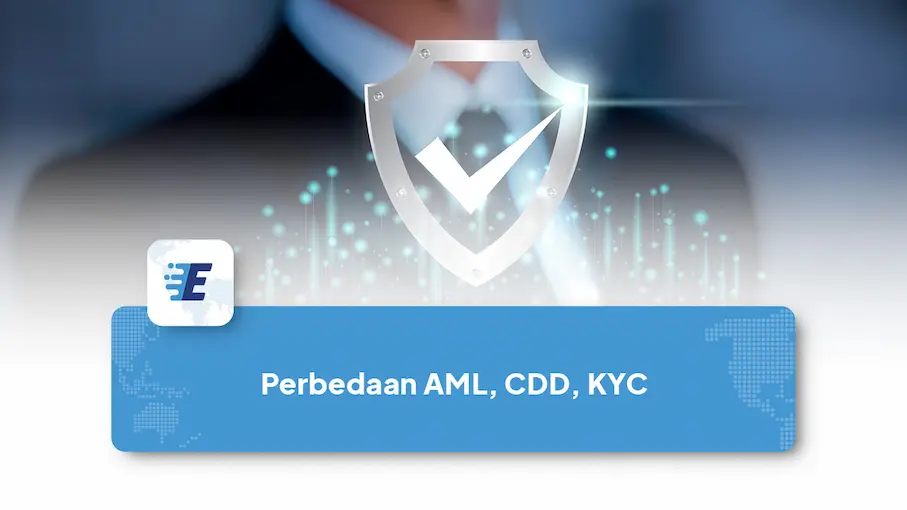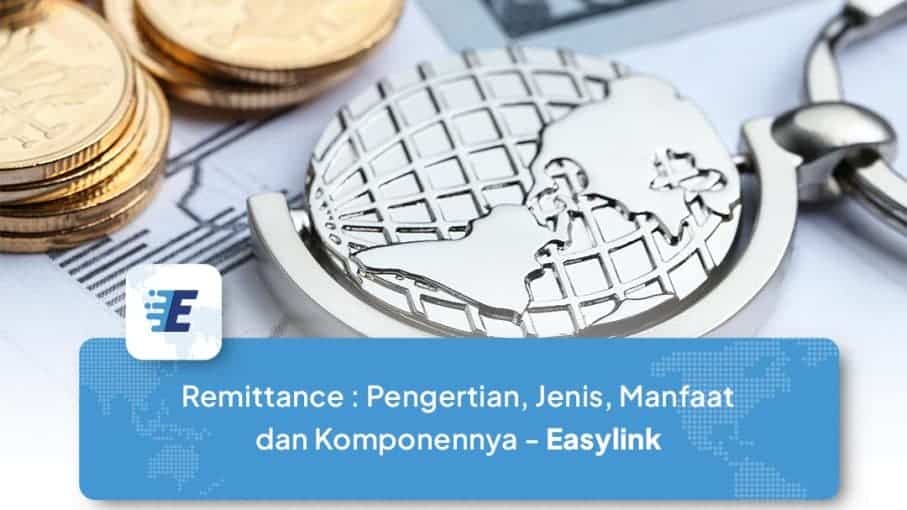Last updated on June 19th, 2025 at 04:21 pm
However, did you know that there is a threat of money laundering that can endanger the integrity of the financial system? This is where it is important to understand Anti Money Laundering (AML). This article will discuss in depth about Anti Money Laundering (AML), starting from its history, its use, and various other related aspects.
What is Anti Money Laundering (AML)
List of contents
- 1 What is Anti Money Laundering (AML)
- 2 History of Anti Money Laundering (AML)
- 3 Who Uses Anti Money Laundering (AML)
- 4 Anti Money Laundering (AML) Example
- 5 3 Stages of Money Laundering
- 6 Difference between AML, CDD, KYC
- 7 Know Your Customer (KYC)
- 8 Customer Due Diligence (CDD)
- 9 Anti Money Laundering in Indonesia
- 10 Conclusion
Anti Money Laundering (AML) is a set of procedures, laws, and regulations designed to prevent the practice of money laundering. Money laundering is the process by which profits from illegal activities, such as drug trafficking or fraud, are disguised to appear as legitimate income. AML aims to detect and report suspicious activity that may be related to money laundering or terrorism financing.
History of Anti Money Laundering (AML)

The concept of money laundering first emerged in the 1920s in the United States, when the mafia made money from various criminal activities such as extortion, prostitution, gambling, illegal alcohol sales, and drug trafficking. They hid the source of this illegal money by investing it in legitimate businesses, including the laundry business, which was a typical symbol of that time in the United States.
Meanwhile, Anti Money Laundering (AML) regulations officially began in 1970 with the enactment of the Bank Secrecy Act (BSA) in the United States, which aimed to combat money laundering related to drug trafficking.
In 1989, the Financial Action Task Force (FATF) was established by the G7 countries to develop and promote AML policies worldwide. Following the 9/11 terrorist attacks, AML regulations were strengthened and expanded to also address terrorist financing.
Who Uses Anti Money Laundering (AML)
AML is used by various types of financial institutions, including banks, insurance companies, investment firms, and other financial institutions. In addition, government agencies and international organizations also implement AML policies to maintain the integrity of the global financial system. These institutions are required to comply with AML regulations and report suspicious activity to the appropriate authorities.
Anti Money Laundering (AML) Example
AML encompasses a range of steps and actions taken to detect and report suspicious financial activity. This includes developing and implementing internal policies and procedures specifically designed to detect and report money laundering.
In addition, financial institutions also provide education and training to employees so that they can recognize and report suspicious activity appropriately.
To ensure compliance with AML regulations, internal and external audits are conducted periodically. These audits serve to review and improve existing procedures, ensuring that all actions taken are in accordance with established standards.
The implementation of Anti Money Laundering (AML) requires various steps and procedures to ensure that financial activities remain safe and free from crime. Some of the actions taken by financial institutions to implement AML include:
- Report suspicious transactions to relevant authorities, to prevent and identify money laundering attempts.
- Verifying customer identity through the Know Your Customer (KYC) process, financial institutions verify the identity of customers to ensure who they claim to be. In addition, for cross-border transactions, both banks and financial services will conduct additional Anti Money Laundering (AML) reviews that can take around 96 hours. This process includes document checks, source of funds verification, and risk analysis to ensure all transactions are safe and in accordance with international regulations.
- Continuously monitor account activity to detect unusual or suspicious patterns.
- Provide training to employees on AML policies and procedures to ensure that all staff understand and are able to identify and report suspicious activity in accordance with applicable regulations.
3 Stages of Money Laundering
Money laundering is a serious threat to the integrity of the global financial system. To address this issue, Anti Money Laundering (AML) measures have been designed to detect and prevent illicit fund flows. The AML process consists of three main stages, as explained below:
- Placement: The placement stage in money laundering is the introduction of illegal funds into the financial system. This is often done by breaking up large amounts of cash into smaller ones to deposit into bank accounts or buying things like checks or money orders that are then deposited into other accounts.
- Coating: These funds may be channeled through investment purchases, holding companies, or moved through a series of bank accounts around the world, particularly in jurisdictions that are uncooperative with AML investigations.
- Integration: The integration stage is the final step in the money laundering process, where the perpetrator attempts to incorporate the illicit funds into the legitimate financial system. To use the funds without attracting the attention of law enforcement or tax authorities, the perpetrator may invest in real estate, luxury assets, or business ventures.
Difference between AML, CDD, KYC

In the financial context, there are several important terms that are often used to describe various preventive measures against illegal activities such as money laundering:
- AML (Anti Money Laundering): It is an effort to prevent money laundering through the implementation of various policies and procedures.
- CDD (Customer Due Diligence): This process involves identifying and verifying the identity of customers and assessing the risks that may be associated with them.
- KYC (Know Your Customer): Part of the CDD process that focuses on collecting and verifying customer information to ensure that they are who they claim to be.
Know Your Customer (KYC)
KYC is the process of recognizing and understanding the identity and activities of customers. It involves collecting information such as name, address, date of birth, and other identity documents. KYC aims to prevent the use of financial services for illegal activities. For more information about KYC, you can read the article about Know Your Customer (KYC).
Customer Due Diligence (CDD)
CDD is a further step in the KYC process, where financial institutions conduct a risk assessment of a customer based on the information collected. This involves continuous monitoring of customer activity to detect potential risks and ensure that transactions are carried out in accordance with regulations.
Anti Money Laundering in Indonesia
In Indonesia, AML regulations are regulated by Bank Indonesia and the Financial Services Authority (OJK). They implement various policies to ensure that financial institutions comply with strict AML standards. For example, banks in Indonesia are required to report suspicious transactions and conduct thorough customer identity verification. For more information, visit the website Bank Indonesia.
Conclusion
Understanding and implementing AML is an important step to protect the global financial system from the threat of money laundering and terrorism financing. For those of you who often make transactions online, it is important to remain vigilant and ensure that every transaction is safe and in accordance with applicable regulations.




